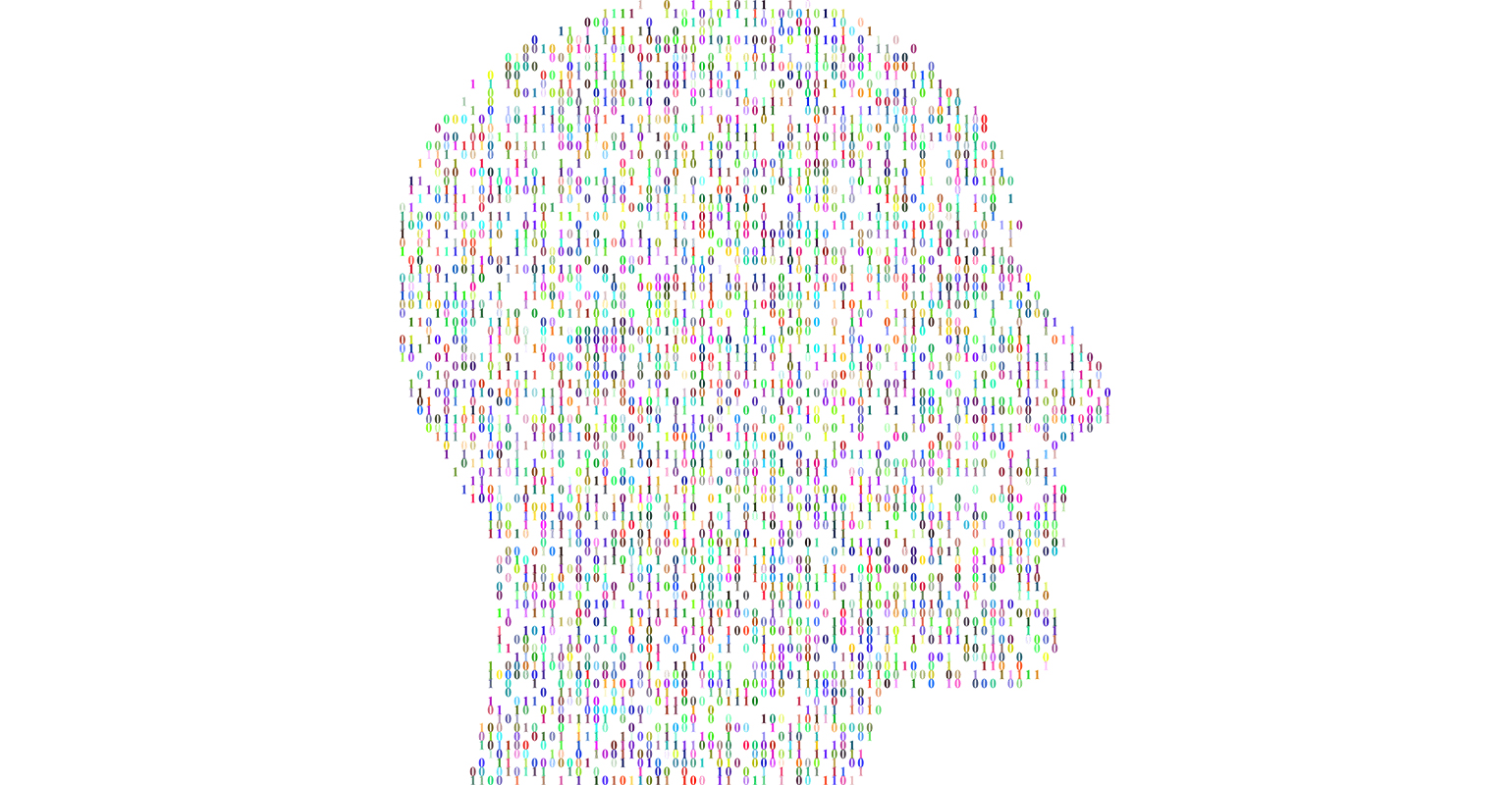
Well, it’s the end of June, and that means it’s time for the annual Eclipse release train to come home! On last Wednesday, Eclipse “Indigo” shipped, 62 projects released simultaneously , over 46 million lines of code.I’ve always been an Eclipse enthusiast, but sometimes, I do long back to the time where it was just 8 projects or so to track. 😉 The Eclipse ecosystem got so big I don’t think anyone really knows all the great new projects that are at Eclipse right now. In this post, I will focus on the stuff I know about, be sure to visit the Indigo overview for more information!
I really welcome the addition of the WindowBuilder and Jubula tools. WindowBuilder is a mature tool for drag-n-drop building user interfaces, for SWT, XWT, Swing and GWT. Google bought Instantiations and continues to develop the tools in Eclipse. Jubula is a system test tool for desktop and web ui’s. It’s backed by a commercial tools vendor.
Another major newcomer is EGit, Eclipse support for the popular Git distributed source control system. Git is getting some real traction, also at Eclipse, as they intend migrate off CVS to Git sometime this year. For many, including myself, distributed version control is a real game changer on how productive you can be (I am using Jazz SCM right now). I think even the consideration to shift massive Eclipse projects to Git speaks volumes about the maturity of the tool support. I think this is a great compliment to the team behind EGit, achieving this respect in such a relatively short timeframe!
Mylyn got some great new additions, too. Hudson/Jenkins build integration and code reviewing support, including integration with Gerrit (a popular Git integrated code reviewing system). Mylyn has split up in subprojects to make it easier to recognize that it has become more than just filtering classes, it is becoming a rather complete lightweight ALM platform, with tasks, builds, version control, reviews and docs linked together.
This year might be the last of the Eclipse 3.x Platform version. Eclipse 4 has been in development for some time, and next year, the plan right now to base the next release train on 4.2. I am sure this will mean a rocky road sometimes, but Eclipse 4 brings many new platform features to the table, and I think it’s vital for Eclipse development to be able to do some major API work every ten years(!!) or so.
That being said, Eclipse 3.7 has some nice improvements. A neat one is that you can now drag and drop install from the Eclipse Marketplace. Multi-touch support is also interesting, making Eclipse keep up with the native capabilities of the underlying platform. A “bugfix” you’d immediately notice on Windows 7 is that they changed the default text editor font to consolas. I think it is even more hideous than courier new, I recommend Envy Code R as a programming font. Also, no Java 7 support yet, this is coming in Eclipse 3.7.1, but if you want to play with Java 7 in Eclipse right now check out these patches to get going.
There is lots more to explore, the modeling tools, the Java EE OSGi enabled Tomcat server, real-time collaborations, and much more. Right now, I just need to wait for the next Oracle Enterprise Pack for Eclipse (OEPE) to get going with Eclipse Indigo at work, which is planned for July!

 0 comments
0 comments Java
Java